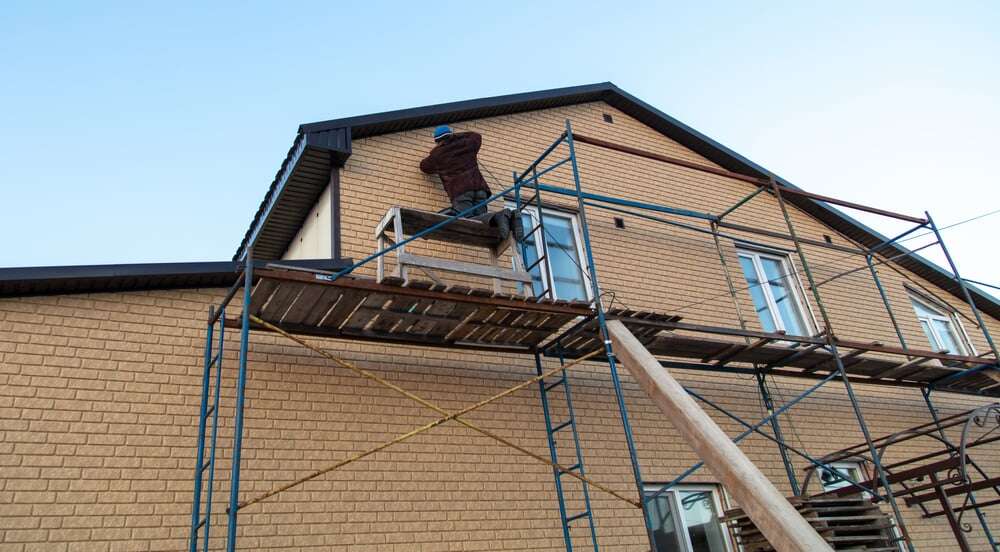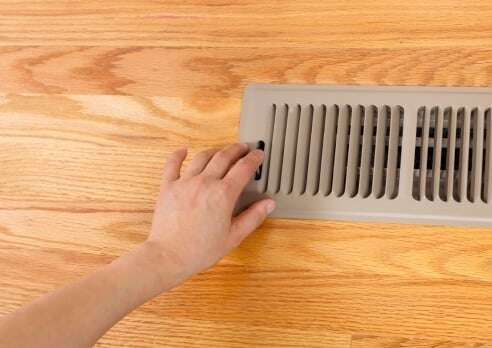 Some might argue that the greatest thing since sliced bread may indeed be your air conditioner – especially if you live in Chico, California. Like many other scientific breakthroughs, many people contributed to the development of conditioned, indoor air. But only one – Willis Haviland Carrier – is known as “the father of air conditioning.”
Some might argue that the greatest thing since sliced bread may indeed be your air conditioner – especially if you live in Chico, California. Like many other scientific breakthroughs, many people contributed to the development of conditioned, indoor air. But only one – Willis Haviland Carrier – is known as “the father of air conditioning.”
At a time of year when many Northern Californians are undoubtedly grateful for Carrier's invention, there are a few interesting facts about Carrier – as well as some other developments in the evolution of an invention that has improved the quality of our life for millions of people across the world.
Childhood lesson converges with engineering prowess
Carrier was born November 26, 1876, in Angola, New York. Though bright and naturally curious, he, like many children before and since then, had difficulty grasping the concept of fractions. To help him, his mother put the concept into terms he could understand by cutting apples into pieces of various sizes. From that point on, Carrier credited his mother with teaching him the value of problem-solving.
Carrier put that pivotal childhood lesson to the test as he toiled at the Sackett-Wilhelms Lithographing and Publishing Co. in Brooklyn, New York. Fortified by an engineering degree from Cornell University in 1901, Carrier was tasked only a year later with finding a way to keep paper from wrinkling and ink from running on paper.
The real problem, Carrier realized, was humidity. And a foggy train platform provided the impetus for how to solve it. As Carrier watched the mist, he realized that he could dry humid air by passing it through water to create fog. In the process, he could “manufacture” air that contained a specific amount of moisture.
Inspired, Carrier got to work on his invention, which was fundamentally driven by the need to control humidity – an important function that today's air conditioners still provide.
Carrier's invention debuted on July 17, 1902, though he didn't name it “air conditioning.” (Someone else coined the term several years later.) Carrier referred to it as a “dew point control system.”
For many Americans, the invention didn't come a moment too soon. Desperate for relief from hot and humid temperatures, many Americans had taken to doing everything from saturating rugs in water and hanging them in doorways to rigging fans powered by water.
But few people went to the lengths of Alexander Graham Bell, who so craved cool air that he drained his indoor pool and placed a couch, a chair, a table and his many books at the bottom of it. He then placed a large icebox in an adjoining room, with pipes that pumped the chilled air to the bottom of the pool. It was a massive undertaking – and one that required 200 pounds of ice per day.
Although known for being delightfully absentminded, Bell was unfailingly gracious. He passed on filing for a patent for his invention and went on to pursue other discoveries, including the telephone.
Americans embrace the air cooling invention
For obvious reasons, Americans were quick to embrace Carrier's invention, and other developments quickly followed suit. They include:
1902: The Armour Building in Kansas City, Missouri, became the first office building in America to install an air conditioner.
1904: The first self-contained refrigerator was unveiled at the St. Louis World's Fair by the Brunswick Refrigerating Co. At the same time, thousands of fair attendees experienced indoor air conditioning at the Missouri State Building.
1906: Carrier filed for a patent for his “dew point control system.”
1906: Stuart Cramer, a textile mill engineer in North Carolina, developed a ventilating device that added water vapor to the air, which made the yarn easier to spin and less likely to break. He was the first to call this process "air conditioning."
1906: Boston Floating Hospital became the first air conditioned hospital in America.
1907: The Congress Hotel in Chicago became the first to install air conditioners in dining and meeting rooms.
1915: Carrier established the Carrier Engineering Corporation.
1938: The first window air conditioner holding Freon was marketed.
1950s: In the economic boom that followed World War II, residential air conditioning swept through America faster than a cool breeze. More than 1 million units were sold in 1953.
We hope this was a fun and educational read for you. If you'd like to learn more, or your system needs to be serviced, contact Experts In Your Home today.








